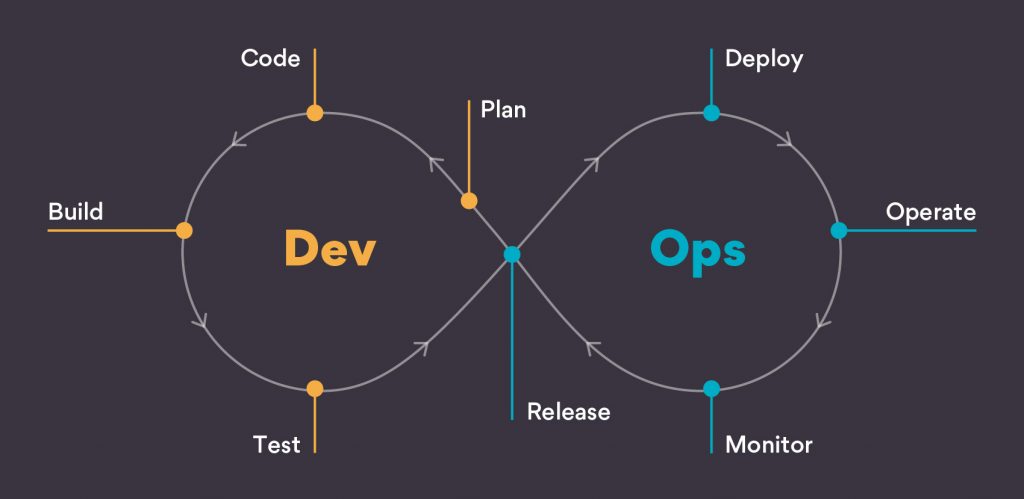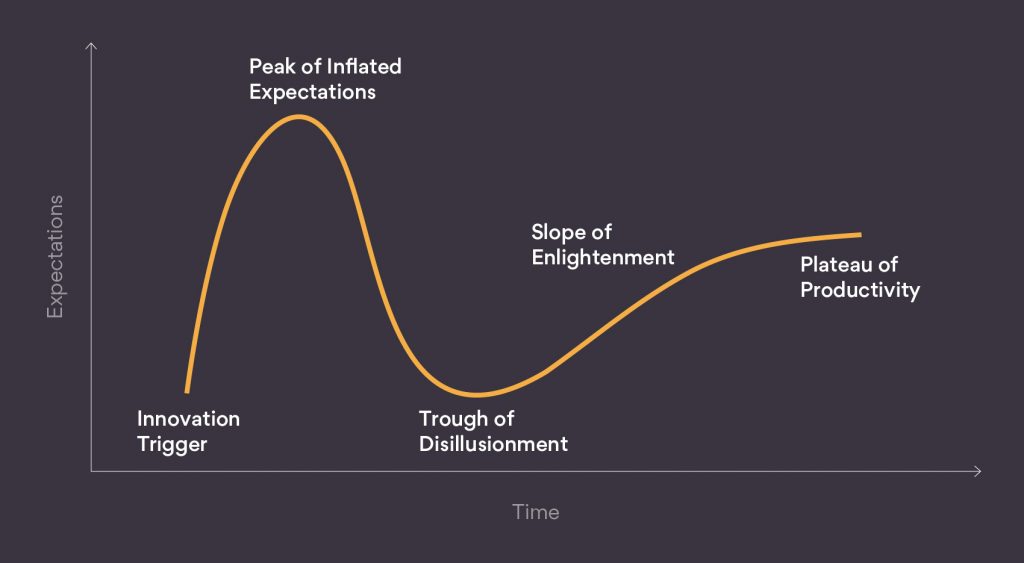Persistent has been working with one of the leading telecommunications providers in Southeast Asia to integrate closed loop automation into their core processes, unlocking the provider’s ability to hyper scale its offerings and reach.
As a result, telecom has been able to accelerate their provisioning of services throughout the customer lifecycle, providing better customer experiences and improving stability and performance at scale—all with 20X less manual effort.
This is made possible using IBM’s Cloud Pak for Network Automation CNF/VNF orchestration capability. This capability includes a comprehensive end-to-end network service orchestrator that is highly capable of managing complex network service lifecycles. It comes with service design, testing, and automation suites that make continuous integration and delivery (CI/CD) seamless.
There are lessons learned with every project, even for a seasoned group like Persistent’s telecommunications team. Here are five of the secrets to success for any organization looking to harness automation to unlock breakthrough results at scale.
1. Automation is never siloed
When an automation initiative begins, it’s natural to focus on tasks. What aspects of this process can we automate, and which require human involvement? But these tasks are part of a larger process, and that process is part of a much larger customer experience.
Customers don’t think in terms of departments or processes; they think holistically. When a customer initiates a request that has been targeted for automation, where does that process end? Eventually, right back at the customer. So, framing the project as “automating the provisioning process” means closing off additional value creation opportunities upstream and downstream from that process. To maximize the ROI for any given automation opportunity, the focus must be end to end, or from the customer to the customer.
2. Integration relies on the right APIs
Despite Marketing’s claims of easy interoperability within and between platforms, the reality of integration is often the opposite. Thankfully, APIs accelerate the integration process—but not all APIs are created equal.
The world of orchestration today is still quite fragmented, so the temptation can be strong to favor a vendor’s proprietary technology to reduce complexity. However, even if this proprietary solution is based on open-source technology, the result is the same: vendor lock.
From our perspective, selecting the right API requires understanding:
- The business processes, KPIs, and desired outcomes
- The service providers and hardware and software vendors involved,
- The technical components in the ecosystem, how they operate, and how they work together
This holistic perspective is essential to identifying the most appropriate APIs—and/or abstracting the underlying differences with a common API—without committing the client to work with one vendor for years to come.
In the case of the telecom client, we stitched the automation functions and pieces together by relying on a variety of standards driven CLIs and REST APIs that supported the complex multi-vendor environment of physical and virtual network functions—while also delivering the desired business outcomes.
3. Plan for the worst case
Just as we often frame the automation opportunity too narrowly when considering the end-to-end process, we also tend to assume the best of outcomes once a task has been automated. For example, once the human intervention is required, we assume the “user or recipient will handle it” and hope for the best.
But in a complex, real-world network, we need to plan for the fact that anything that can go wrong will go wrong. We need to consider not only how the request comes in, but also how users or operators will react to it—and plan accordingly.
In the case of the telecom client, a service provisioning process would require collaboration with the appropriate department or engineers for optimal mean time to response (MTTR). A simple email or SMS/text might satisfy this requirement for many customers, but mature telecom companies usually route such provisioning requests through a centralized communication channel.
To plan for the worst-case scenario, we need to close the loop on the process and have a plan to deal with each eventuality. A provisioning request email goes out or a NOC is notified. What happens if that fails? What happens if no one responds? What happens next?
Successful automation means not only automating the best possible result but all the less pleasant eventualities as well, addressing the realities of the business and closing the loop on all possible outcomes.
4. Automation still requires a human
As with any technology in its early stages of implementation, the promise of the technology often exceeds what’s possible. This is what Gartner calls the Trough of Disillusionment in its Hype Cycle.

Automation is a powerful technology capable of delivering breakthrough results, but in an environment that relies on physical tasks—a manufacturing plant, a healthcare organization, or a telecommunications company—it can only go so far.
In the case of the telecom customer, if a fiberoptic line is cut, automation can accelerate the response time and improve the accuracy of the repair request, but someone still has to go out and patch the cable.
In this case, the impact of automation on the actual uptime may be significant if it’s an easy fix. If the cut cable is on the ocean floor resulting in days-long outages, it may have no impact at all.
As with any project that involves newer technology, project success depends on the ability for humans to harness the technology correctly and setting realistic expectations.
5. Apply DevOps to close the loop
As the world shifts from the physical to the digital, the evolution from hardware- to software-based operations doesn’t happen overnight. Transitions take time, with hybrid environments occupying the space between.
These hybrid environments—like our telecom customer—are perfectly suited to a DevOps approach. Automating a process successfully should deliver new revenue streams (directly or indirectly) and/or reduce costs through increased productivity or efficiency.
What do most organizations do with that increased revenue and/or decreased costs? Invest it back into the business. Today, those investments are increasingly software driven.

To maximize the return on that software investment, it must be developed and integrated well, which requires a robust means of improving the code and deploying it quickly.
The faster you code and deploy, the faster you adapt. The faster you adapt, the more successful you’ll be, and the faster your organization will migrate towards software-centricity.
As our telecom client migrates from a hardware-centric infrastructure to a more modern, software-centric telecommunications network, we are working with them to ensure their DevOps capabilities are as strong as possible.
This not only maximizes the ROI of their automation initiatives, but it also accelerates their digital transformation and enables them to hyperscale their offerings and geographic reach at a critical point in the life of Southeast Asia’s communications infrastructure lifecycle.






